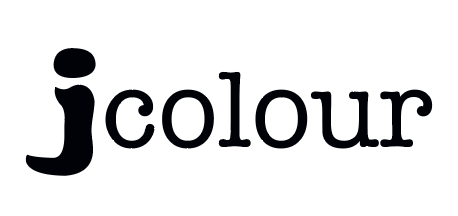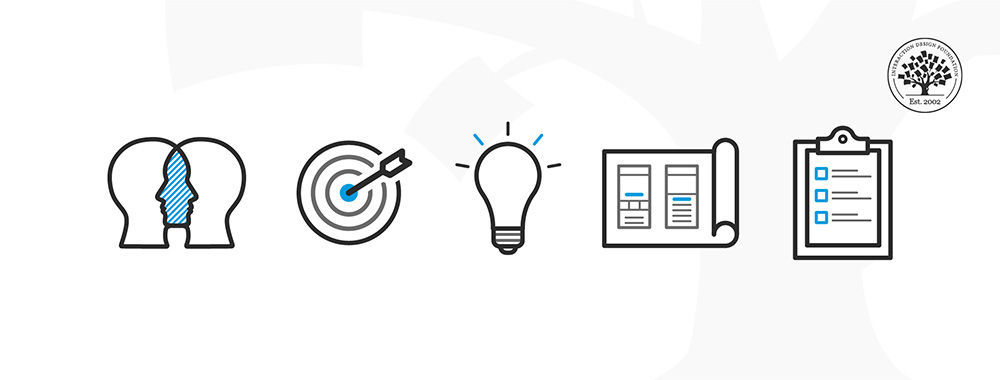The 5 Stages in the Design Thinking Process 设计思维过程的 5 个阶段
Design thinking is a methodology which provides a solution-based approach to solving problems. It’s extremely useful when used to tackle complex problems that are ill-defined or unknown—because it serves to understand the human needs involved, reframe the problem in human-centric ways, create numerous ideas in brainstorming sessions and adopt a hands-on approach to prototypingand testing. Learning about the five stages of design thinking will empower you and allow you to apply the methodology to your work and solve complex problems that occur in our companies, our countries, and across the world.
设计思维是一种提供基于解决方案的解决问题的方法。当用于解决定义不明确或未知的复杂问题时,它非常有用,因为它有助于理解所涉及的人类需求,以以人为本的方式重新构建问题,在头脑风暴会议中创造许多想法,并采用动手方法进行原型设计和测试。了解设计思维的五个阶段将赋予您力量,并使您能够将该方法应用于您的工作,并解决我们公司、我们国家和世界各地发生的复杂问题。
Design thinking is a non-linear, iterative process that can have anywhere from three to seven phases, depending on whom you talk to. We focus on the five-stage design thinking model proposed by the Hasso Plattner Institute of Design at Stanford (the d.school) because they are world-renowned for the way they teach and apply design thinking.
设计思维是一个非线性的迭代过程,可以有三到七个阶段,这取决于你和谁交谈。我们专注于斯坦福大学哈索·普拉特纳设计学院(d.school)提出的五阶段设计思维模型,因为他们以教授和应用设计思维的方式而闻名于世。
What are the 5 Stages of the Design Thinking Process 设计思维过程的 5 个阶段是什么
The five stages of design thinking, according to the d.school, are:
根据d.school的说法,设计思维的五个阶段是:
- Empathize: research your users’ needs.
同理心:研究用户的需求。
- Define: state your users’ needs and problems.
定义:说明用户的需求和问题。
- Ideate: challenge assumptions and create ideas.
构思:挑战假设并创造想法。
- Prototype: start to create solutions.
原型:开始创建解决方案。
- Test: try your solutions out.
测试:试用您的解决方案。
Let’s dive into each stage of the design thinking process.
让我们深入了解设计思维过程的每个阶段。
Stage 1: Empathize—Research Your Users’ Needs 第 1 阶段:移情——研究用户的需求
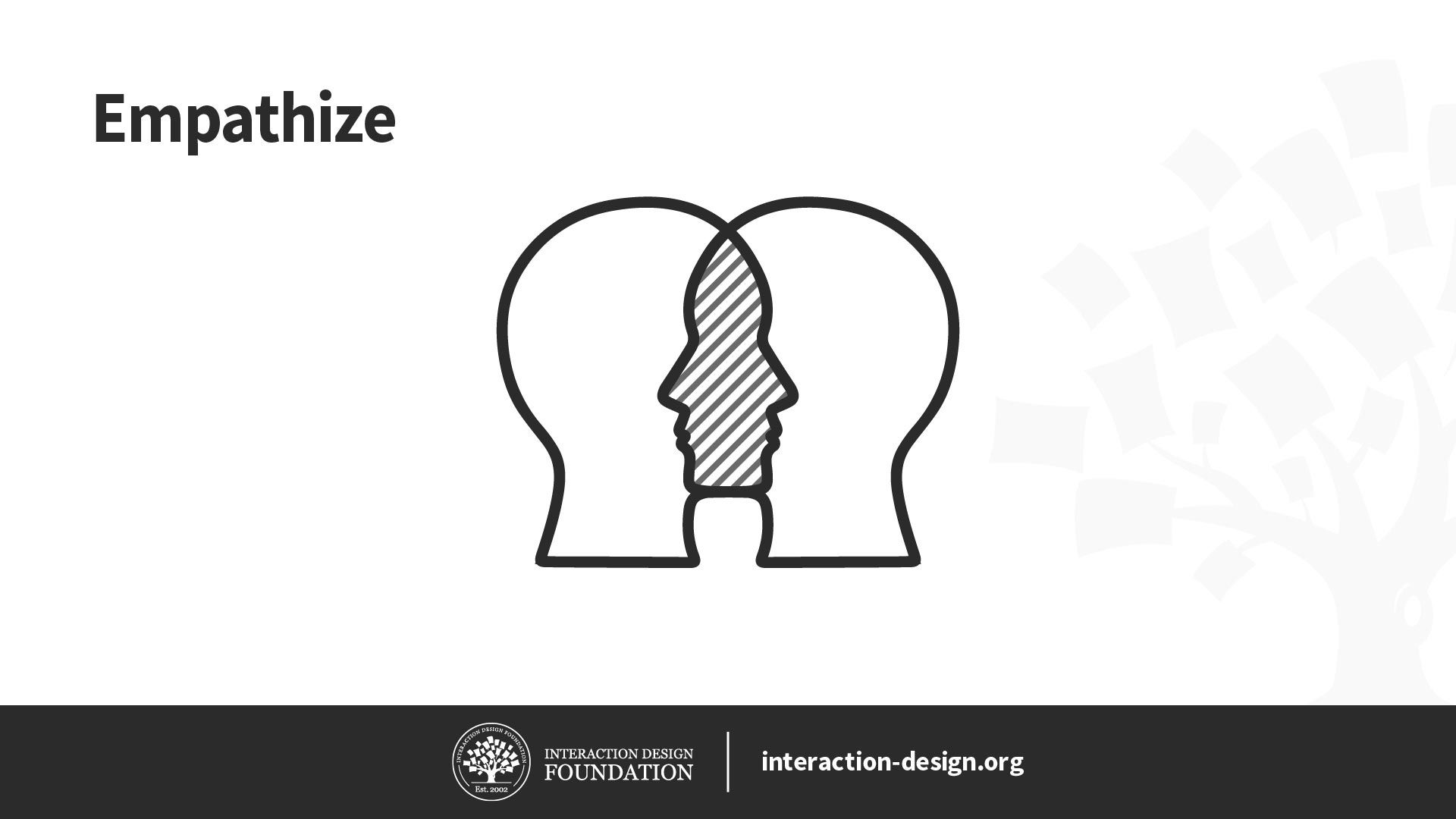
Empathize: the first phase of design thinking, where you gain real insight into users and their needs.
移情:设计思维的第一阶段,在这里您可以真正了解用户及其需求
The first stage of the design thinking process focuses on user-centric research. You want to gain an empathic understanding of the problem you are trying to solve. Consult experts to find out more about the area of concern and conduct observations to engage and empathize with your users. You may also want to immerse yourself in your users’ physical environment to gain a deeper, personal understanding of the issues involved—as well as their experiences and motivations. Empathy is crucial to problem solving and a human-centered design process as it allows design thinkers to set aside their own assumptions about the world and gain real insight into users and their needs.
设计思维过程的第一阶段侧重于以用户为中心的研究。你想对你试图解决的问题有一个同理心的理解。咨询专家以了解有关关注领域的更多信息,并进行观察以吸引用户并产生共鸣。您可能还希望让自己沉浸在用户的物理环境中,以更深入地了解所涉及的问题以及他们的体验和动机。同理心对于解决问题和以人为本的设计过程至关重要,因为它允许设计思想家抛开自己对世界的假设,真正了解用户及其需求。
Depending on time constraints, you will gather a substantial amount of information to use during the next stage. The main aim of the Empathize stage is to develop the best possible understanding of your users, their needs and the problems that underlie the development of the product or service you want to create.
根据时间限制,您将收集大量信息以在下一阶段使用。移情阶段的主要目的是尽可能了解您的用户、他们的需求以及您想要创建的产品或服务开发背后的问题。
Stage 2: Define—State Your Users’ Needs and Problems 第 2 阶段:定义 – 说明用户的需求和问题

Define: the second phase of design thinking, where you define the problem statement in a human-centered manner.
定义:设计思维的第二阶段,以人为本的方式定义问题陈述。
© Teo Yu Siang and the Interaction Design Foundation, CC BY-NC-SA 3.0.
© 张宇祥和交互设计基金会, CC BY-NC-SA 3.0.
In the Define stage, you will organize the information you have gathered during the Empathize stage. You’ll analyze your observations to define the core problems you and your team have identified up to this point. Defining the problem and problem statement must be done in a human-centered manner.
在“定义”阶段,您将组织在“移情”阶段收集的信息。您将分析您的观察结果,以定义您和您的团队到目前为止已确定的核心问题。定义问题和问题陈述必须以人为本的方式进行。
For example, you should not define the problem as your own wish or need of the company: “We need to increase our food-product market share among young teenage girls by 5%.”
例如,你不应该将问题定义为你自己的愿望或公司的需求:“我们需要将我们在十几岁女孩中的食品市场份额提高5%。
You should pitch the problem statement from your perception of the users’ needs: “Teenage girls need to eat nutritious food in order to thrive, be healthy and grow.”
你应该从你对用户需求的感知来提出问题陈述:“十几岁的女孩需要吃有营养的食物才能茁壮成长、健康和成长。
The Define stage will help the design team collect great ideas to establish features, functions and other elements to solve the problem at hand—or, at the very least, allow real users to resolve issues themselves with minimal difficulty. In this stage, you will start to progress to the third stage, the ideation phase, where you ask questions to help you look for solutions: “How might we encourage teenage girls to perform an action that benefits them and also involves your company’s food-related product or service?” for instance.
定义阶段将帮助设计团队收集好的想法,以建立特性、功能和其他元素来解决手头的问题,或者至少允许真正的用户以最小的难度自己解决问题。在这个阶段,您将开始进入第三阶段,即构思阶段,在那里您提出问题以帮助您寻找解决方案:“我们如何鼓励十几岁的女孩采取有益于她们的行动,同时也涉及贵公司的食品相关产品或服务?
Stage 3: Ideate—Challenge Assumptions and Create Ideas 第 3 阶段:构思——挑战假设并创造想法
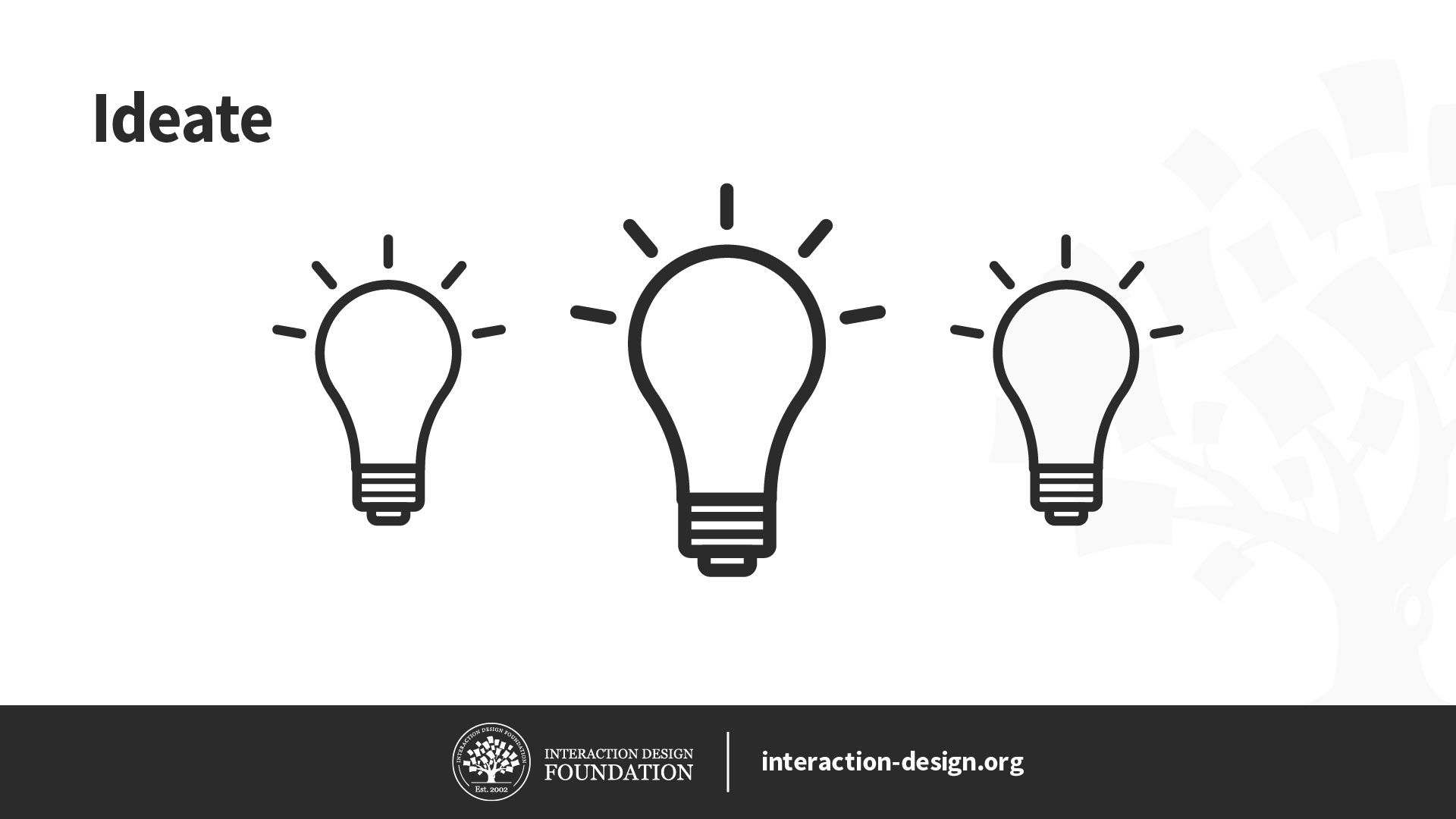
Ideate: the third phase of design thinking, where you identify innovative solutions to the problem statement you’ve created.
构思:设计思维的第三阶段,你为你创建的问题陈述确定创新的解决方案。
© Teo Yu Siang and the Interaction Design Foundation, CC BY-NC-SA 3.0.
© 张宇祥和交互设计基金会, CC BY-NC-SA 3.0.
During the third stage of the design thinking process, designers are ready to generate ideas. You’ve grown to understand your users and their needs in the Empathize stage, and you’ve analyzed your observations in the Define stage to create a user centric problem statement. With this solid background, you and your team members can start to look at the problem from different perspectives and ideate innovative solutions to your problem statement.
在设计思维过程的第三阶段,设计师已经准备好产生想法。在“移情”阶段,你已经逐渐了解了你的用户及其需求,并在“定义”阶段分析了你的观察结果,以创建以用户为中心的问题陈述。有了这个坚实的背景,你和你的团队成员就可以开始从不同的角度看待问题,并为你的问题陈述构思创新的解决方案。
There are hundreds of ideation techniques you can use—such as Brainstorm, Brainwrite, Worst Possible Idea and SCAMPER. Brainstorm and Worst Possible Idea techniques are typically used at the start of the ideation stage to stimulate free thinking and expand the problem space. This allows you to generate as many ideas as possible at the start of ideation. You should pick other ideation techniques towards the end of this stage to help you investigate and test your ideas, and choose the best ones to move forward with—either because they seem to solve the problem or provide the elements required to circumvent it.
您可以使用数百种构思技术,例如头脑风暴、脑力写作、最糟糕的想法和 SCAMPER。头脑风暴和最坏的想法技术通常在构思阶段开始时使用,以激发自由思考并扩大问题空间。这使您可以在构思开始时产生尽可能多的想法。在这个阶段结束时,你应该选择其他的构思技术来帮助你调查和测试你的想法,并选择最好的想法来推进——要么是因为它们似乎解决了问题,要么提供了规避问题所需的元素。
Stage 4: Prototype—Start to Create Solutions 第 4 阶段:原型 – 开始创建解决方案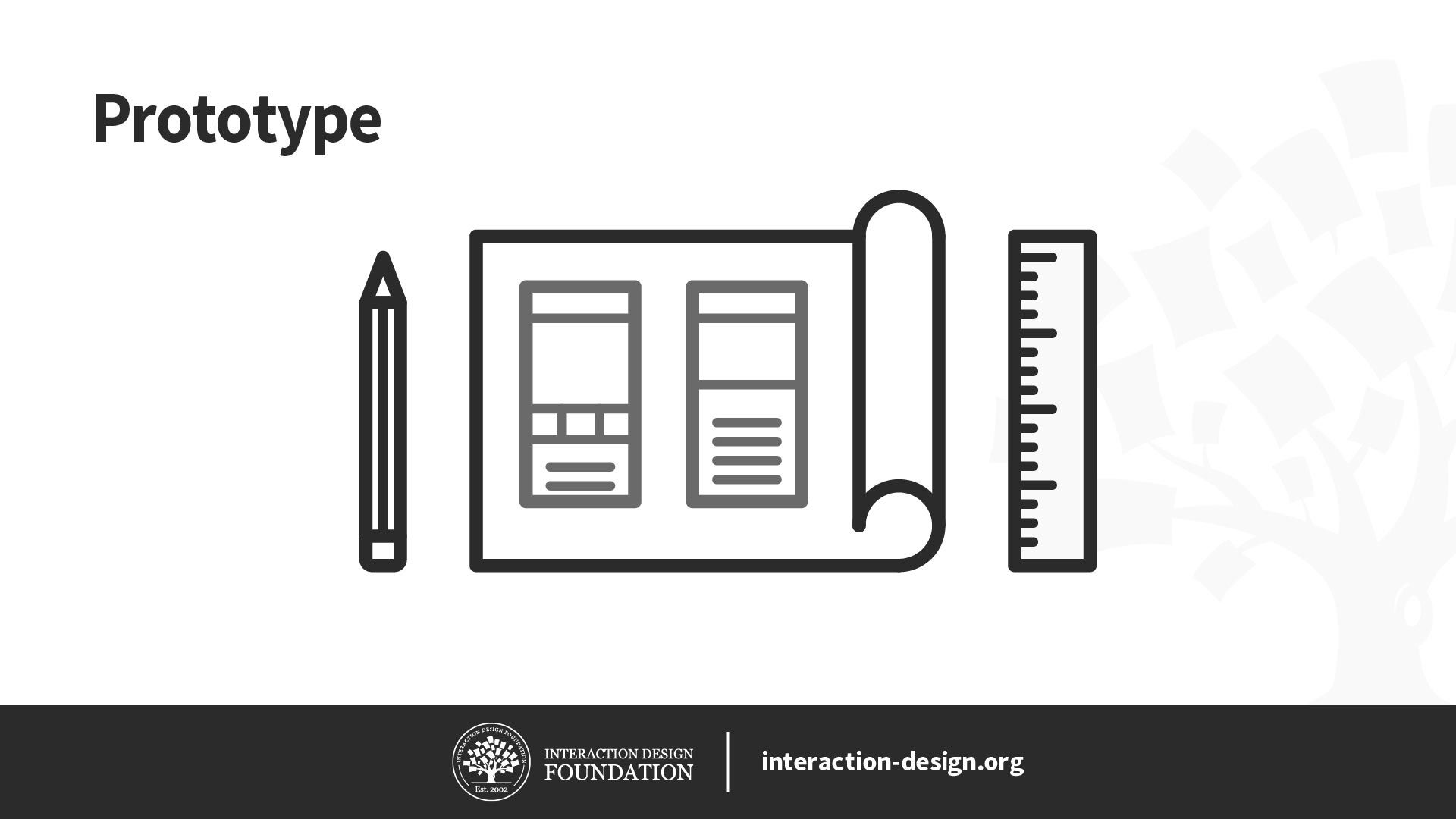
Prototype: the fourth phase of design thinking, where you identify the best possible solution.
原型:设计思维的第四阶段,在这个阶段,你确定最佳解决方案。
© Teo Yu Siang and the Interaction Design Foundation, CC BY-NC-SA 3.0.
© 张宇祥和交互设计基金会, CC BY-NC-SA 3.0.
The design team will now produce a number of inexpensive, scaled down versions of the product (or specific features found within the product) to investigate the key solutions generated in the ideation phase. These prototypes can be shared and tested within the team itself, in other departments or on a small group of people outside the design team.
设计团队现在将生产一些廉价的、缩小版的产品(或产品中的特定功能),以研究在构思阶段生成的关键解决方案。这些原型可以在团队内部、其他部门或设计团队之外的一小群人中共享和测试。
This is an experimental phase, and the aim is to identify the best possible solution for each of the problems identified during the first three stages. The solutions are implemented within the prototypes and, one by one, they are investigated and then accepted, improved or rejected based on the users’ experiences.
这是一个实验阶段,目的是为前三个阶段确定的每个问题确定最佳解决方案。这些解决方案在原型中实施,并逐一进行调查,然后根据用户体验接受、改进或拒绝。
By the end of the Prototype stage, the design team will have a better idea of the product’s limitations and the problems it faces. They’ll also have a clearer view of how real users would behave, think and feel when they interact with the end product.
在原型阶段结束时,设计团队将对产品的局限性和面临的问题有更好的了解。他们还将更清楚地了解真实用户在与最终产品交互时的行为、思考和感受。
Stage 5: Test—Try Your Solutions Out 第 5 阶段:测试 – 试用解决方案
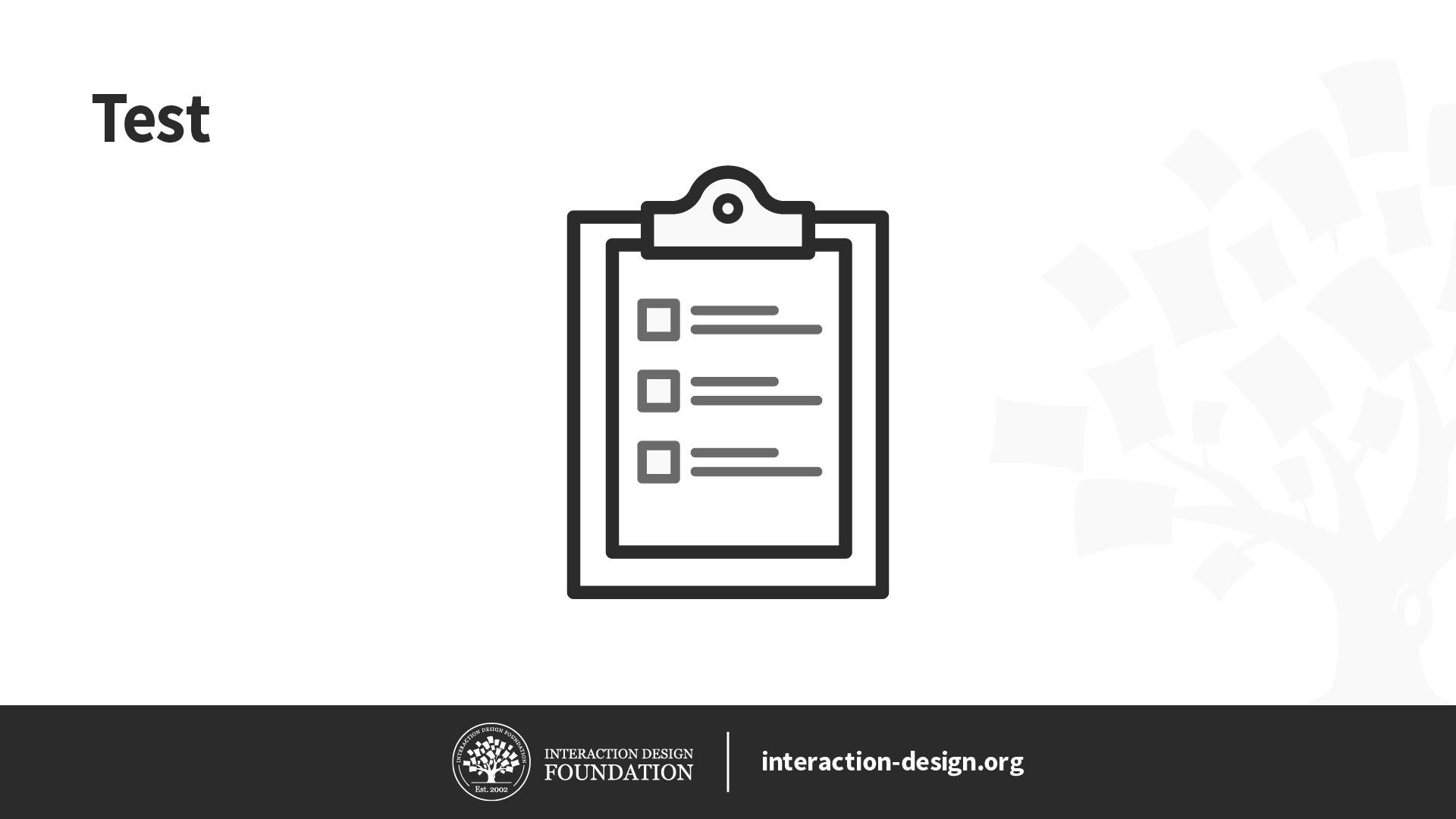
Test: the fifth and final phase of the design thinking process, where you test solutions to derive a deep understanding of the product and its users.
测试:设计思维过程的第五阶段,也是最后阶段,在该阶段,您可以测试解决方案以深入了解产品及其用户。
© Teo Yu Siang and the Interaction Design Foundation, CC BY-NC-SA 3.0.
© 张宇祥和交互设计基金会, CC BY-NC-SA 3.0.
Designers or evaluators rigorously test the complete product using the best solutions identified in the Prototype stage. This is the final stage of the five-stage model; however, in an iterative process such as design thinking, the results generated are often used to redefine one or more further problems. This increased level of understanding may help you investigate the conditions of use and how people think, behave and feel towards the product, and even lead you to loop back to a previous stage in the design thinking process. You can then proceed with further iterations and make alterations and refinements to rule out alternative solutions. The ultimate goal is to get as deep an understanding of the product and its users as possible.
设计师或评估人员使用原型阶段确定的最佳解决方案对整个产品进行严格测试。这是五阶段模型的最后阶段;然而,在设计思维等迭代过程中,生成的结果通常用于重新定义一个或多个进一步的问题。这种理解水平的提高可以帮助你调查使用条件以及人们对产品的看法、行为和感受,甚至引导你回到设计思维过程的上一个阶段。然后,您可以继续进行进一步的迭代,并进行更改和改进,以排除替代解决方案。最终目标是尽可能深入地了解产品及其用户。
Did You Know Design Thinking is a Non-Linear Process? 你知道设计思维是一个非线性的过程吗?
We’ve outlined a direct and linear design thinking process here, in which one stage seemingly leads to the next with a logical conclusion at user testing. However, in practice, the process is carried out in a more flexible and non-linear fashion. For example, different groups within the design team may conduct more than one stage concurrently, or designers may collect information and prototype throughout each stage of the project to bring their ideas to life and visualize the problem solutions as they go. What’s more, results from the Test stage may reveal new insights about users which lead to another brainstorming session (Ideate) or the development of new prototypes (Prototype).
我们在这里概述了一个直接和线性的设计思维过程,在这个过程中,一个阶段似乎通向下一个阶段,并在用户测试中得出合乎逻辑的结论。然而,在实践中,该过程以更灵活和非线性的方式进行。例如,设计团队中的不同团队可以同时进行多个阶段,或者设计师可以在项目的每个阶段收集信息和原型,以将他们的想法变为现实,并在他们进行时可视化问题解决方案。更重要的是,测试阶段的结果可能会揭示有关用户的新见解,从而导致另一次头脑风暴会议(Ideate)或新原型(Prototype)的开发。

It is important to note the five stages of design thinking are not always sequential. They do not have to follow a specific order, and they can often occur in parallel or be repeated iteratively. The stages should be understood as different modes which contribute to the entire design project, rather than sequential steps.
需要注意的是,设计思维的五个阶段并不总是连续的。它们不必遵循特定的顺序,它们通常可以并行发生或迭代重复。这些阶段应该被理解为对整个设计项目有贡献的不同模式,而不是连续的步骤。
© Teo Yu Siang and the Interaction Design Foundation, CC BY-NC-SA 3.0.
© 张宇祥和交互设计基金会, CC BY-NC-SA 3.0.
The design thinking process should not be seen as a concrete and inflexible approach to design; the component stages identified should serve as a guide to the activities you carry out. The stages might be switched, conducted concurrently or repeated several times to gain the most informative insights about your users, expand the solution space and hone in on innovative solutions.
设计思维过程不应被视为一种具体且不灵活的设计方法;确定的组成部分阶段应作为您开展活动的指南。这些阶段可以切换、同时进行或重复多次,以获得有关用户的最翔实的见解,扩展解决方案空间并磨练创新解决方案。
This is one of the main benefits of the five-stage model. Knowledge acquired in the latter stages of the process can inform repeats of earlier stages. Information is continually used to inform the understanding of the problem and solution spaces, and to redefine the problem itself. This creates a perpetual loop, in which the designers continue to gain new insights, develop new ways to view the product (or service) and its possible uses and develop a far more profound understanding of their real users and the problems they face.
这是五阶段模型的主要优点之一。在过程的后期阶段获得的知识可以为早期阶段的重复提供信息。信息不断被用于告知对问题和解决方案空间的理解,并重新定义问题本身。这创造了一个永恒的循环,在这个循环中,设计师不断获得新的见解,开发新的方法来查看产品(或服务)及其可能的用途,并对他们的真实用户和他们面临的问题有更深刻的理解。
The Take Away
Design thinking is an iterative, non-linear process which focuses on a collaboration between designers and users. It brings innovative solutions to life based on how real users think, feel and behave.
设计思维是一个迭代的、非线性的过程,它侧重于设计师和用户之间的协作。它根据真实用户的思维、感受和行为方式,为生活带来创新的解决方案。
This human-centered design process consists of five core stages Empathize, Define, Ideate, Prototype and Test.
这种以人为本的设计过程包括五个核心阶段:移情、定义、构思、原型和测试。
It’s important to note that these stages are a guide. The iterative, non-linear nature of design thinking means you and your design team can carry these stages out simultaneously, repeat them and even circle back to previous stages at any point in the design thinking process.
需要注意的是,这些阶段只是一个指南。设计思维的迭代性、非线性性质意味着你和你的设计团队可以同时执行这些阶段,重复它们,甚至在设计思维过程的任何时候回到以前的阶段。
References & Where to Learn More 参考资料和在哪里了解更多信息
Herbert Simon, The Sciences of the Artificial (3rd Edition), 1996.
赫伯特·西蒙(Herbert Simon),《人工科学》(第3版),1996年。
d.school, An Introduction to Design Thinking PROCESS GUIDE, 2010.
d.school,《设计思维导论》过程指南,2010年。
Gerd Waloszek, Introduction to Design Thinking, 2012.
Gerd Waloszek,《设计思维导论》,2012年。
